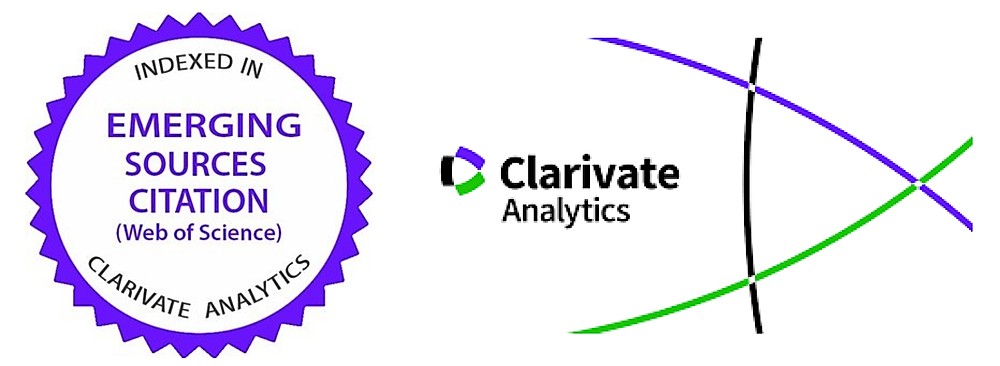Analysis of the Evolution of SMEs in Western Romania between 2011-2014, Using the Mathematical Modelling
Abstract
The SMEs in Romania, which remained reliable after the economic crisis, had a better dynamic of business development in relation to large and very large companies. The increase of the fiscal value of these companies has improved every year, leading to spectacular results in certain fields of activity, particularly services, trade and IT. After the economic crisis, the SMEs from the Western region had a dynamic business market, outstripping all other regions of economic development. The result was the increase in the number of SMEs and the number of jobs in this region. In this article, we propose a mathematical model based on multivariate analysis, specifically on cluster analysis, in order to analyse the economic activities of SMEs in the Western development region. Cluster analysis is a multivariate analysis method that includes algorithms able to identify and group efficiently and descriptively a similar group in terms of certain common properties, in a lot of time objects. The purpose of this paper is the analysis of the economic efficiency of SMEs’ activities in the Western area of Romania and the extraction of activities through modeling in order to maximise the efficiency of the companies in the future.



























